Besides the Egrets, There Were Other Great Birds
El Rio presents a diversity of birds these days
Yellow-rumped Warblers are the most common wintering warbler in our area. Their colors are more muted during this season and the amount of yellow on their flanks is variable. They have a broken eye-ring.
Cooper’s Hawks have nested on the northeast side of the lake for several years. This Cooper’s Hawk was standing watch from a leafless tree in the area of this summer’s nest.
Yellow-rumped Warblers are the most common warbler in our area during this season and White-crowned Sparrows, like the one below, are the most common sparrows in our area at this time. This large sparrow has a plain gray body but it has bold black and white stripes on its head.
The ducks have still not arrived in numbers in southern Arizona but I saw my first male Northern Pintail of the year! This is an elegant species with a long neck. The white neck stripe stands out against the chocolate colored head. During the spring/summer breeding season, the males develop a long tail which gives the duck its name.
In a recent post, I showed you photos of a Black-throated Gray Warbler. On this visit, I saw the same bird in the exact same tree where I saw it last time. This is the female who, despite her name, does not have a black throat.
My favorite part of this bird is that yellow spot in front of its eye. That spot is a nice bright color on a bird that otherwise is monochromatic!
Common Yellowthroats are, indeed, more common here during the summers. They are found in wetlands and ponds and are another bird that is heard more often than it is seen. Their bandit mask and yellow throat make them easy to ID if you do see them. You can hear their voice in this story by Birdnote.
In the past, I’ve shared photos of the Belted Kingfisher. They are wonderful winter visitors in Tucson. Their unusual body shape, their rattling call, and their behavior make them a favorite of mine. Belted Kingfishers have a plumage pattern that is different from most birds. The females are more colorful, sporting a rusty belly band that the males do not have. Usually it is the male birds with the splashier colors. The bird below is a male and its breast is plain white with no rusty belly band.
Lots of great birds at El Rio and, in fact, all around Pima County now. I’m very much enjoying the change of seasons and the temperatures that are no longer in the 100’s!



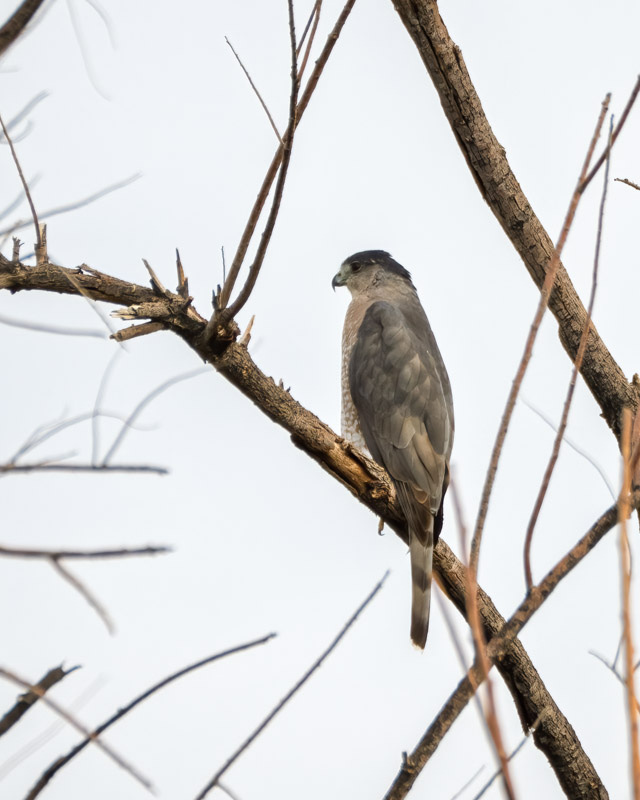

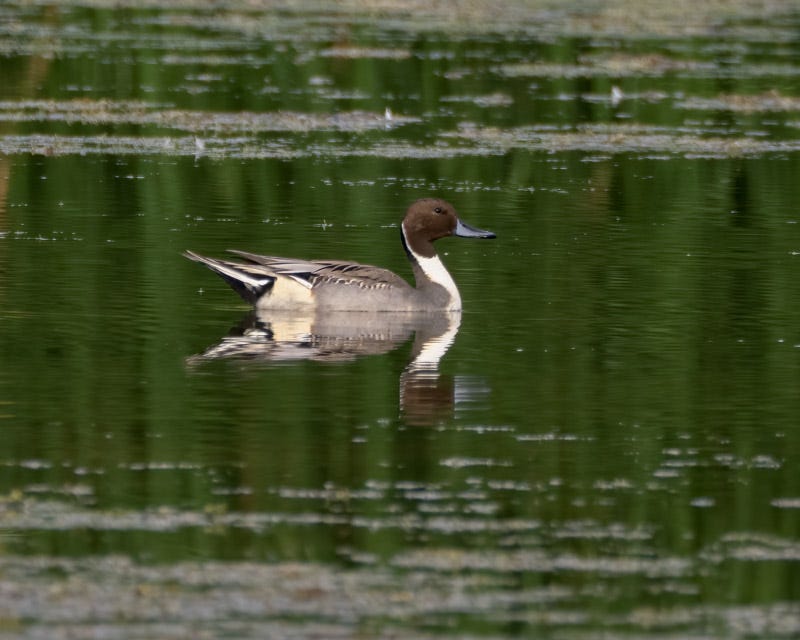
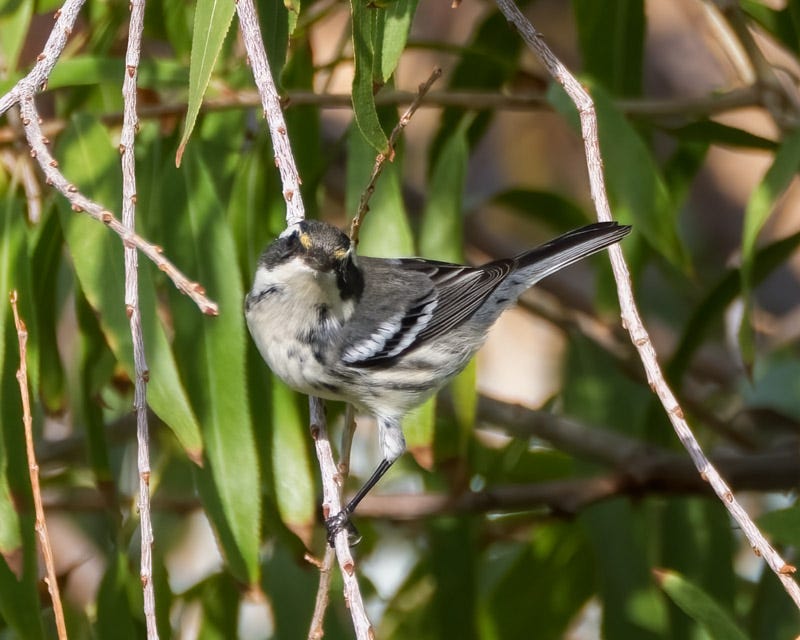
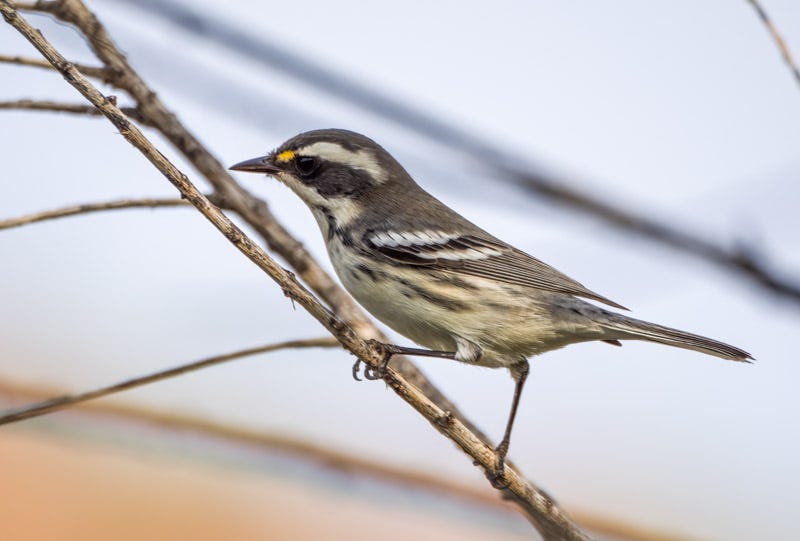
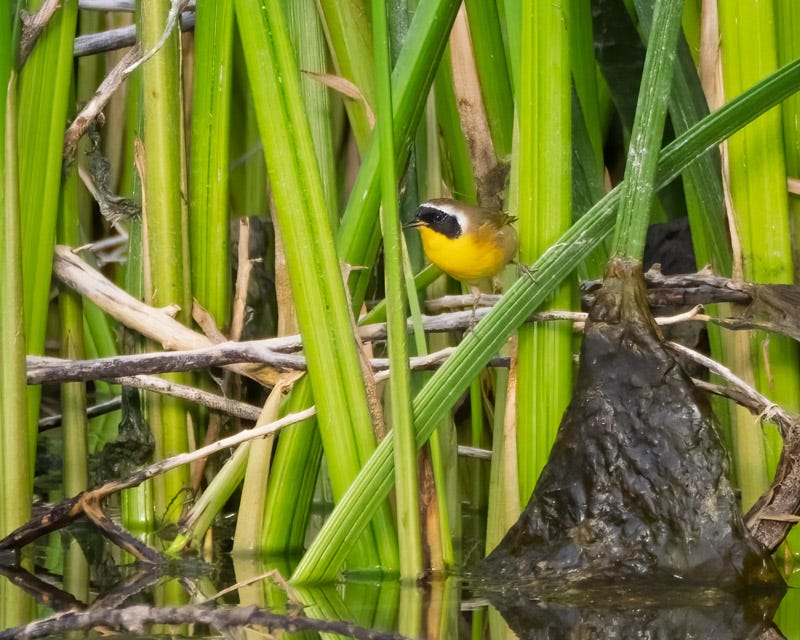

So enjoy your posts. So wish I was there with you. Thanks again.
I love your photo of the Common Yellowthroat!